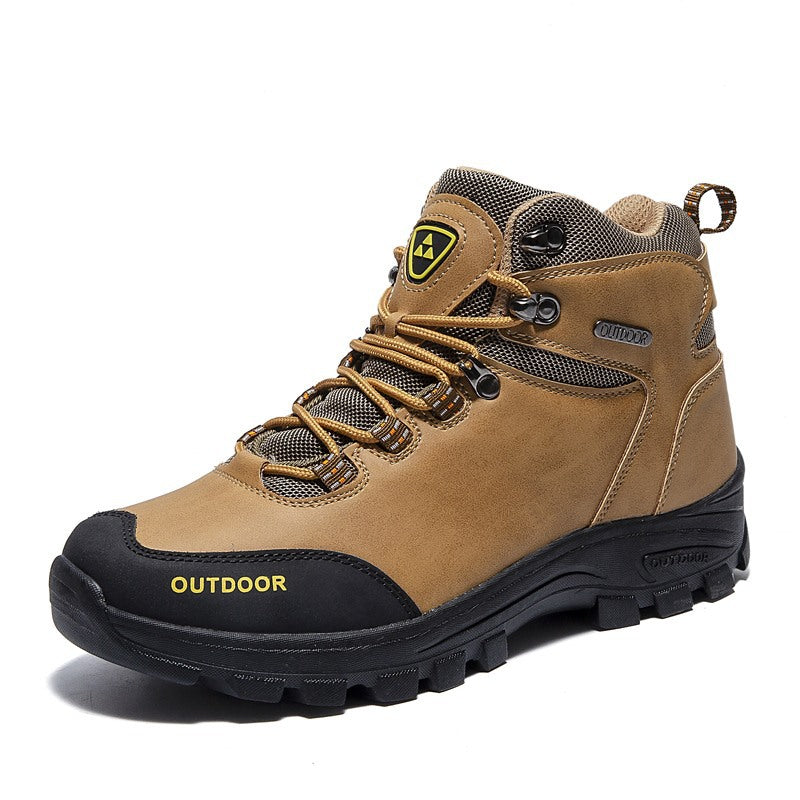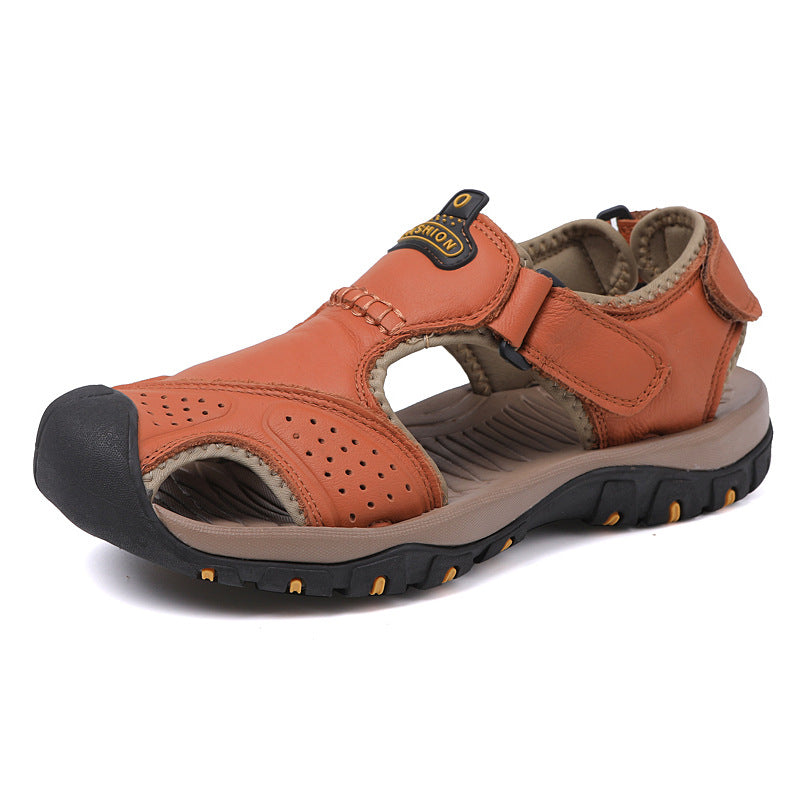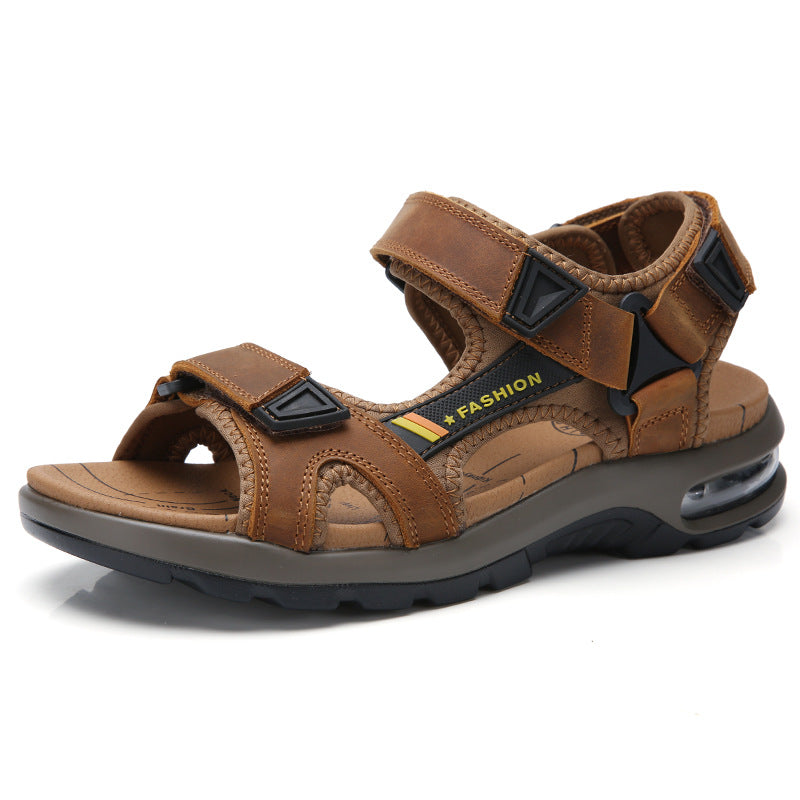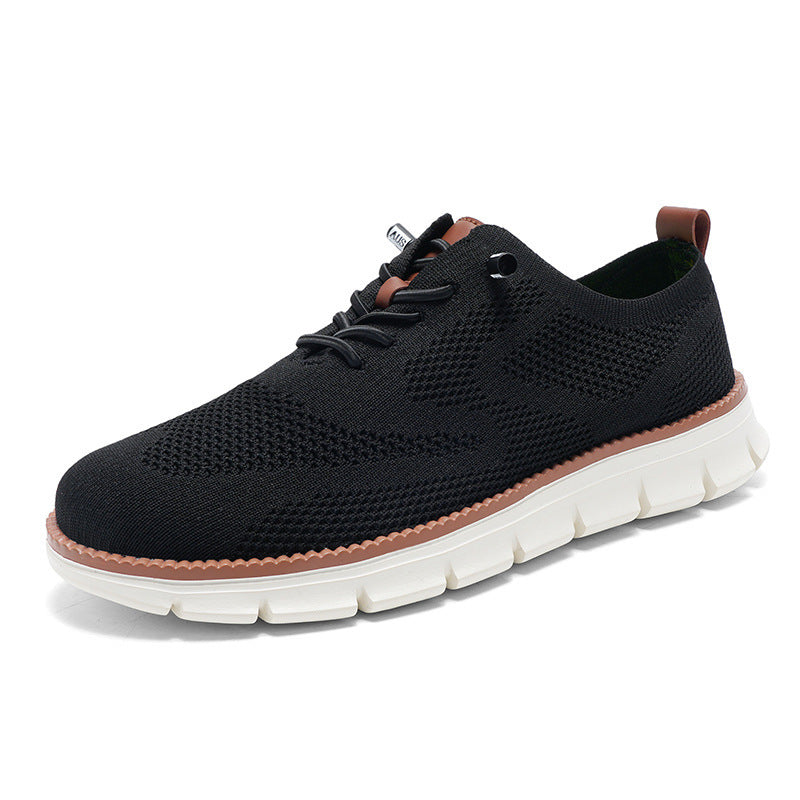
The Complete Guide to Leather Care for Long-Lasting Boots
Leather is a natural material that can dry out, crack, and wear down if not treated right. This guide will provide you with step-by-step instructions, expert tips, and the essential knowledge needed to extend the lifespan of your leather boots. Whether you’re a seasoned leather lover or a newcomer, this complete guide will help you master leather care for long-lasting, beautiful boots.
1. Understanding Leather: Why Care Matters
Leather is a breathable, natural material with a unique ability to conform to the shape of your feet, making it a popular choice for boots. However, it’s also vulnerable to environmental factors like water, heat, and dirt. Without proper care, leather can lose its natural oils, become brittle, and eventually crack. Regular leather care not only keeps boots looking good but also maintains their strength, flexibility, and water resistance, ensuring they remain comfortable and durable.
2. Leather Care Basics: Tools and Materials You’ll Need
To care for your leather boots, having the right tools and products on hand makes all the difference. Here’s a list of essential leather care items:
- Soft Brushes: For removing dirt and dust without scratching the leather.
- Leather Cleaner: Use a mild, specially formulated cleaner to remove dirt and stains.
- Conditioner: Replenishes natural oils to prevent cracking and keep leather supple.
- Waterproofing Wax or Spray: Protects leather from water damage and stains.
- Polishing Cloths: Soft, lint-free cloths for applying conditioner and polish.
- Leather Polish: Adds shine and additional protection to the leather surface.
Having these tools ready will make each step of the leather care process easier and more effective.
3. Step-by-Step Guide to Cleaning Leather Boots
Cleaning is the first and most crucial step in leather care, as dirt and debris can damage leather over time. Here’s how to clean leather boots properly:
Step 1: Remove Dirt and Dust
- Use a soft-bristled brush to remove any loose dirt or dust from the surface of the boots.
- Pay special attention to the seams, soles, and areas that collect the most dirt.
Step 2: Apply Leather Cleaner
- Apply a small amount of leather cleaner to a clean, damp cloth.
- Gently rub the cleaner into the leather in small circles, covering the entire surface.
- Wipe away excess cleaner with a dry cloth, ensuring no residue is left.
Step 3: Let the Boots Dry
- Allow the boots to air dry at room temperature, away from direct sunlight or heat sources, which can dry out and damage the leather.
Regular cleaning prevents dirt buildup and prepares your boots for conditioning and protection.
4. Conditioning Leather Boots to Prevent Cracking
Leather naturally loses moisture over time, so conditioning is essential to keep it soft and flexible. Conditioning every few months helps prevent cracks and dryness.
Step 1: Choose the Right Leather Conditioner
- Use a conditioner specifically made for leather footwear, as these are formulated to penetrate the leather deeply.
Step 2: Apply the Conditioner
- Using a soft cloth, apply a small amount of conditioner to the leather. Start with a little, as you can always add more if needed.
- Massage the conditioner into the leather in circular motions, covering the entire boot.
Step 3: Let the Boots Absorb the Conditioner
- Leave the boots for about 15-20 minutes to allow the leather to absorb the conditioner fully.
- After absorption, gently buff the boots with a clean cloth to remove any excess product.
Conditioning every 2-3 months (or more often if used in dry conditions) will keep your boots looking and feeling their best.
5. Waterproofing for Extra Protection
Water is one of leather’s biggest enemies, as it can cause staining, cracking, and stiffness. Waterproofing your leather boots is essential, especially if you’ll be wearing them in wet or snowy conditions.
Step 1: Select a Waterproofing Product
- Choose a waterproofing spray or wax suitable for leather. Beeswax-based products provide a natural barrier, while sprays are convenient for quick applications.
Step 2: Apply the Waterproofing Treatment
- Follow the instructions on your waterproofing product. Apply it evenly across the surface, focusing on seams and stitching, which are especially vulnerable to water.
Step 3: Let the Boots Dry Completely
- Allow your boots to air dry before wearing them. Most waterproofing treatments need at least a few hours to set properly.
Waterproofing should be done every few months or as needed based on your usage and the conditions your boots are exposed to.
6. Polishing for That Extra Shine
Polishing leather boots is an optional but rewarding step that not only adds a beautiful shine but also protects the leather’s surface. Here’s how to polish leather boots:
Step 1: Choose the Right Polish
- Use a wax-based polish in a color that matches your boots. For a neutral option, clear polish works well with any leather color.
Step 2: Apply the Polish
- Use a soft cloth to apply a thin layer of polish to the boots in small, circular motions.
- Cover the entire boot, paying attention to any scuffs or scratches.
Step 3: Buff to a Shine
- After the polish has dried slightly, use a clean cloth to buff the leather to a shine. This will bring out the color and give the boots a polished, finished look.
Polishing can be done every few months or before special occasions for a sharp appearance.
7. Storage Tips to Extend the Life of Leather Boots
Proper storage is crucial in maintaining the shape and condition of your leather boots. Here are some essential storage tips:
- Avoid Humidity: Store leather boots in a cool, dry place. Humid conditions can cause mold growth, while overly dry conditions can dry out the leather.
- Use Boot Trees: Insert boot trees or stuff them with newspaper to help retain their shape and absorb moisture.
- Keep Away from Sunlight: Avoid direct sunlight, as UV rays can fade and dry out the leather.
- Rotate Use: If possible, avoid wearing the same boots every day to give the leather time to breathe and dry out between uses.
Good storage practices help your boots retain their structure and appearance for years.
8. Troubleshooting Common Leather Boot Issues
Even with the best care, leather boots may encounter problems. Here’s how to address common issues:
- Scuffs and Scratches: Minor scuffs can often be buffed out with a soft cloth. For deeper scratches, a leather repair kit can work wonders.
- Water Stains: If water stains appear, apply a small amount of vinegar and water solution (1:1 ratio) to a cloth and gently rub the stain. Follow up with conditioner afterward.
- Cracking: Cracking is often caused by dryness. Consistent conditioning will help, but if cracks are extensive, professional repair may be necessary.
Regular inspection and prompt attention to issues can prevent bigger problems and maintain the beauty of your boots.
Conclusion
Caring for leather boots doesn’t have to be complicated. With the right tools, techniques, and a bit of patience, you can keep your leather boots looking as good as new and performing their best for years. Regular cleaning, conditioning, waterproofing, and proper storage will protect your investment and ensure that your boots remain a reliable part of your wardrobe. Follow this complete guide to keep your leather boots in top shape and ready for any adventure.



































































































